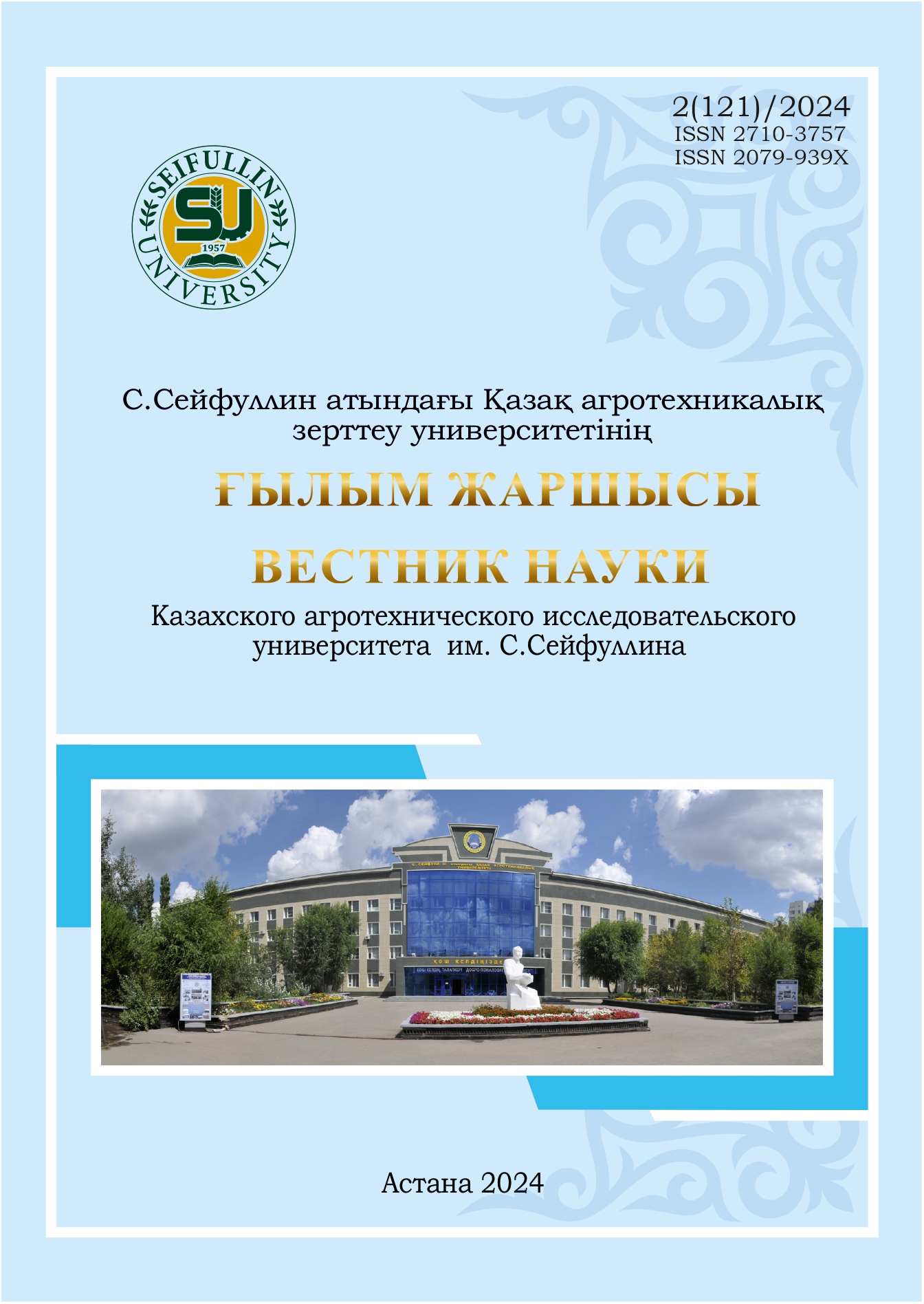STUDYING THE DIVERSITY OF LENTIL VARIETIES BY ALLELES OF THE EARLY FLOWERING GENE LcELF3 USING MOLECULAR MARKERS
##plugins.pubIds.doi.readerDisplayName##:
https://doi.org/10.51452/kazatu.2024.2(121).1643Ключевые слова:
lentils; earlier flowering; factor analysis; allele-specific q-PCR, SNP genotyping; fluorescent tags; genetic markers.Аннотация
Lentils are one of the most widespread leguminous crops in the world and now Kazakhstan is also experiencing a significant expansion of acreage. Howev-er, late sowing is unacceptable for this crop, since in this case the photoperiod effect and drought lead to loss of crop samples if the flowering period of lentil plants is not optimized. The genes controlling early flowering (EFL3) are associ-ated with the rate of growth and the beginning of flowering and are independent of the length of daylight. In this study, the presence of the early flowering gene LcELF3 was analyzed in 76 collection samples of lentils. As a result of PCR am-plification and sequencing of the LcELF3 gene using the Sanger method, genetic polymorphism was detected and codominant SNP (Single Nucleotide Polymor phism) markers were developed. Further testing of collection samples of lentils by ASQ genotyping allowed us to identify 36 samples with homozygous geno-type aa (late flowering) and 40 samples with homozygous genotype bb (earlier flowering). The use of factor analysis of the productivity elements of lentil sam-ples bearing favorable bb alleles of the early flowering gene LcELF3 made it pos sible to conduct a visual analysis for the studied years. Thus, using the example of lentils, the possibility of sampling samples containing favorable bb alleles of the LcEFL3 gene, controlling early flowering, which are necessary to increase its yield in conditions of prolonged spring and short summer season in the dry steppe zone of Northern Kazakhstan, is shown.

